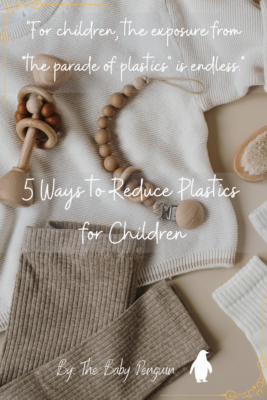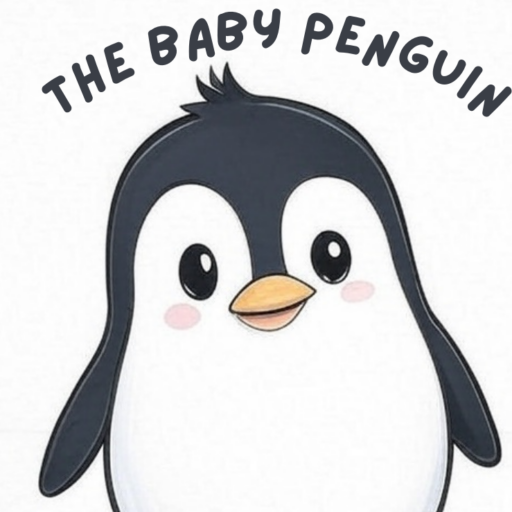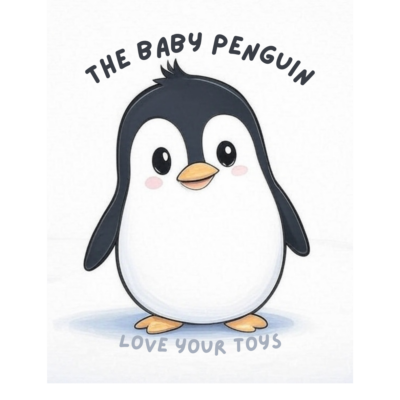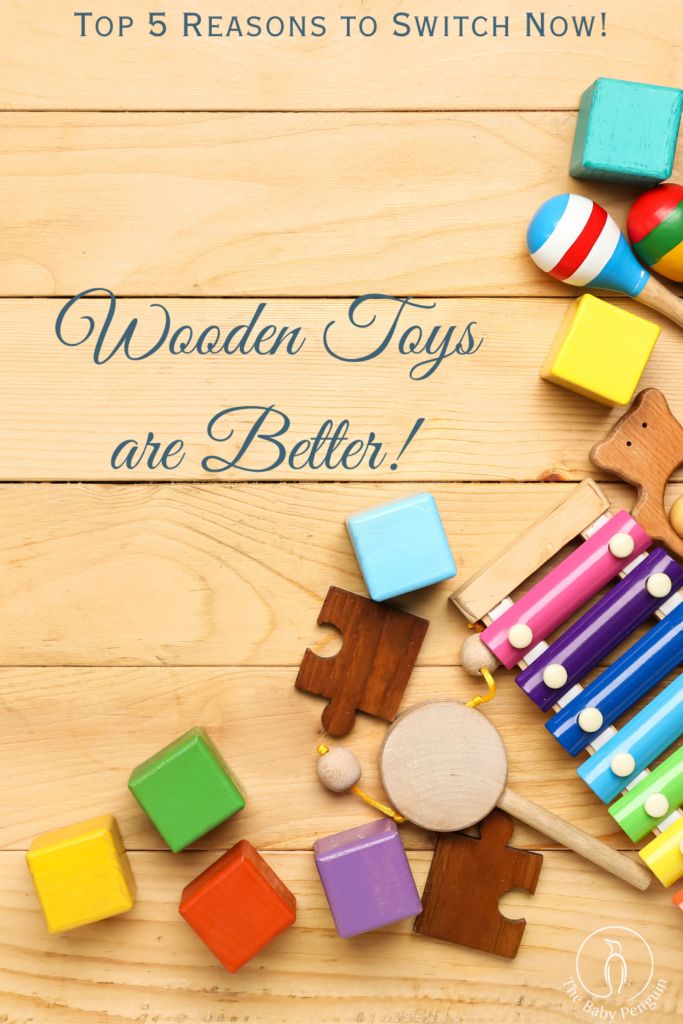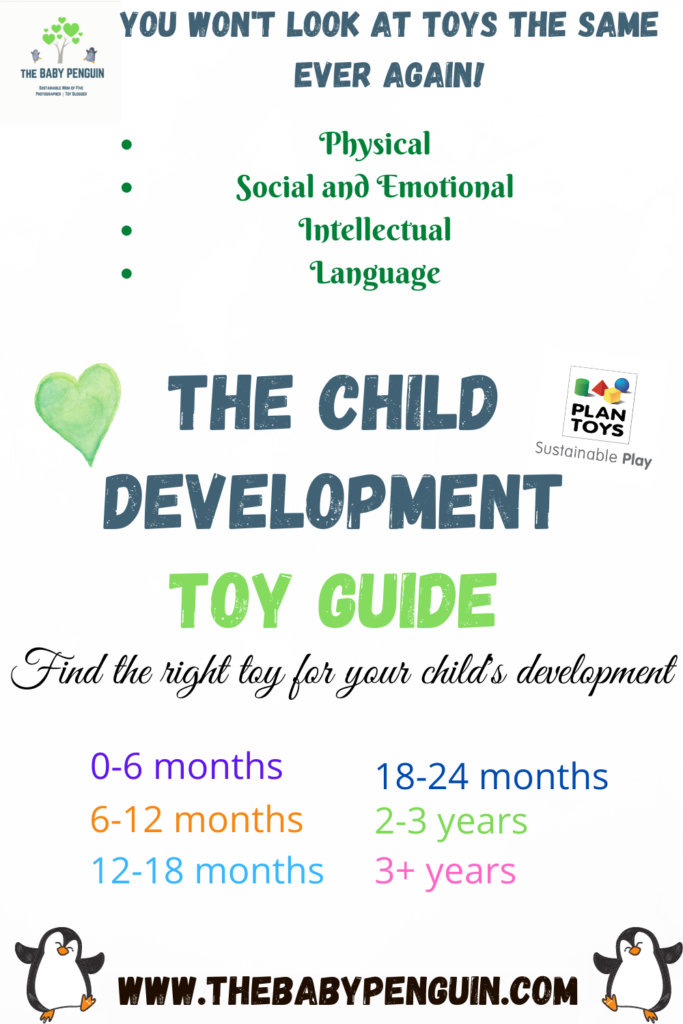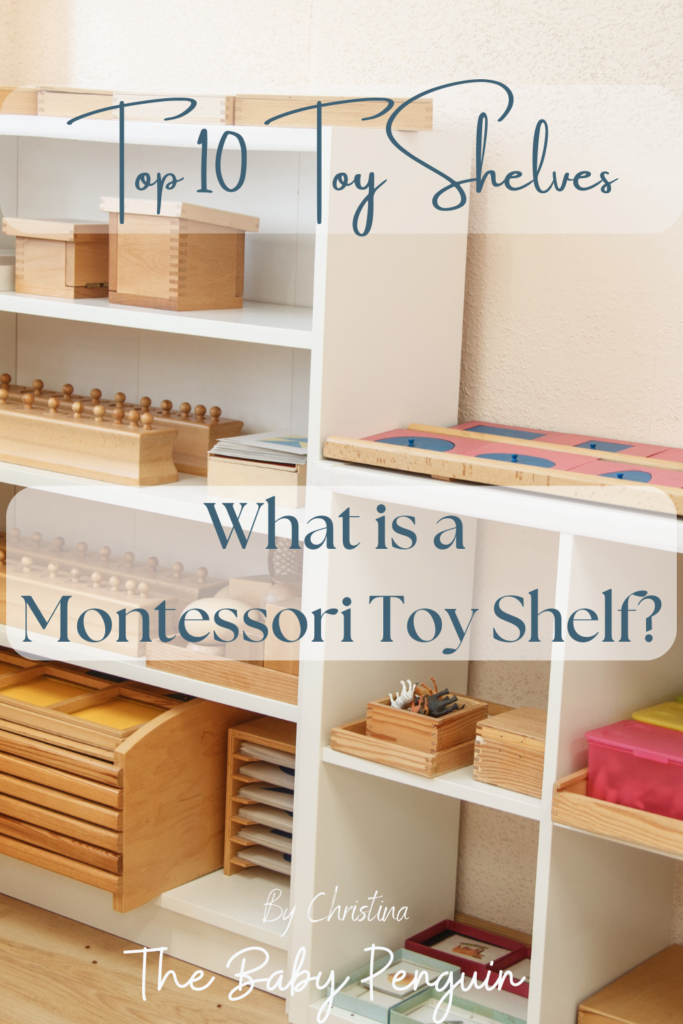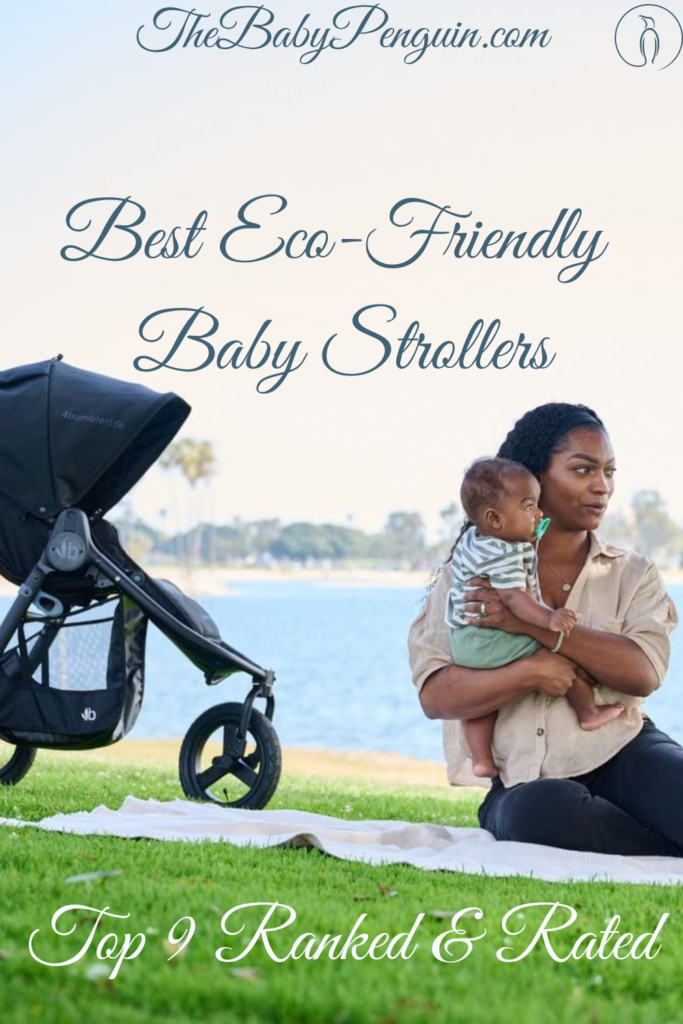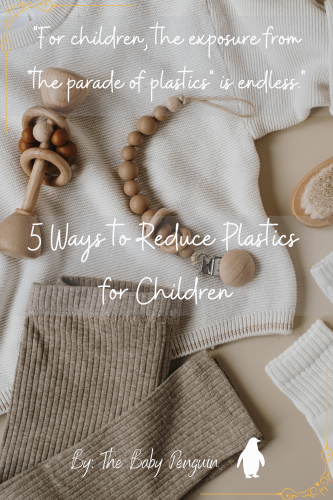Table of Contents
Toggle5 Ways To Reduce Plastics For Your Child
From womb to adulthood, plastics reign supreme in a child’s life. Although this article is about five ways to reduce plastics for your child, new research has revealed that before a baby is born, they are potentially exposed to microplastics in the womb. Sadly, by the time the new baby leaves the hospital, their lifelong exposure to toxic plastic has already begun. Even parents with excellent intentions to protect their “new bundle of joy” from harm are unaware of the plastic toxins infiltrating their babies. From the baby’s first cozy polyester fleece “blanky” to that cute microfiber footed pajamas, their baby will be wrapped in synthetic plastic fibers.
Furthermore, most babies wear disposable diapers/nappies made from petroleum-based products from birth. Next, baby formula and pureed first veggies are stored in single-use plastic containers that are sure to leach toxins. Then, there are plastic pacifiers, bottles for the baby to suckle on, and their first plastic chew teether. Even intentional parents aware of the dangers of plastics cannot escape the toxins entirely. Their plastic consumption grows as their baby grows into toddler and childhood.

“Their baby is surely surrounded by their new plastic world.”
Toddlers become enticed by the brightly colored and flashy plastic toys in the store aisles. They become collectors of stuffed animals, in which their favorite teddy bear is made from synthetic fibers. As toddlers outgrow the baby bottle, they move on to the plastic sippy cup, continuing their plastic exposure. Toddlers turn into children who want candies wrapped in plastic, the newest and greatest plastic toy on the market. As children age, they are exposed daily to more and more single-use plastics through school lunches, parties, and prepackaged snacks on the go.
“For children, the exposure from “the parade of plastics” is endless.”
Giving your child the best possible “clean start” in life against toxins is best. Children weigh much less than adults and cannot process toxins like adults. An adult’s “toxin load” is much different than a small child’s. Children are not finished developing/growing; toxins disrupt their development with future consequences. Furthermore, children absorb toxins from plastics through their mouths and hands, where wetness is. Babies and toddlers who “mouth” their plastic toys and objects absorb more toxins this way. Plastic toxins are increasingly surrounding our children; as parents, it’s time to act.
We are our child’s first line of defense for protection against plastics. Sadly, the production and use of plastics are increasing each year. Each year, new record amounts of plastics are being added to our existing mound of plastics here on planet Earth. Plastics do not biodegrade and are eternally sitting in landfills and oceans while they pollute our planet. Plastics leech chemicals into our ground soil, pollute waterways with microplastics and enter the air we breathe with consequences we do not fully comprehend. Small sustainable changes, as a parent, can make significant changes in our world. Awareness is the first step any parent can take to make positive lasting changes in their child’s life.
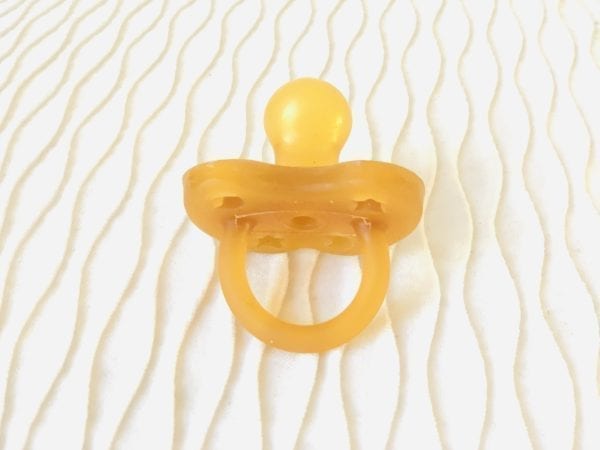
Listed below are five ways to reduce plastics for your child. Most of these suggestions are simple yet sustainable swaps for your child.
1. Choose wooden toys for your baby and child – There are several reasons why wooden toys can be considered better than plastic toys:
-
- Durability: Wooden toys are typically more durable and long-lasting than plastic toys, which can break or wear out more quickly. This means that wooden toys can often be passed down from generation to generation, making them a more sustainable option.
- Safety: Wooden toys are generally considered safer than plastic toys, as they do not contain harmful chemicals or toxins that can be found in some plastics. Additionally, wooden toys are less likely to break into small pieces that can pose a choking hazard to young children.
- Developmental Benefits: Wooden toys can offer a range of developmental benefits to children, such as promoting fine motor skills, problem-solving, and imaginative play. Wooden toys often allow for more open-ended play, which can encourage children to use their creativity and imagination.
- Eco-Friendliness: Wooden toys are typically more eco-friendly than plastic toys, as they are made from natural materials that are renewable and biodegradable. Additionally, wooden toys often have a lower carbon footprint than plastic toys, requiring less energy.
Overall, while plastic toys can have their benefits, wooden toys are often considered a better choice for children due to their durability, safety, developmental benefits, and eco-friendliness.
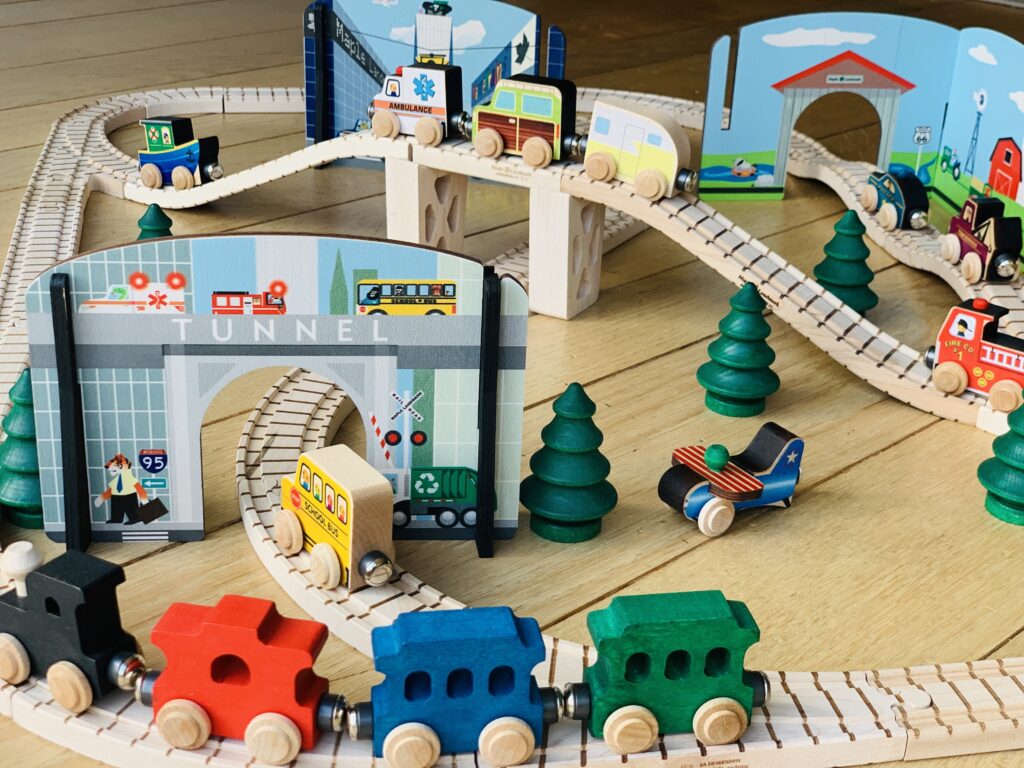

2. Choose 100% cotton bedding for your baby and child
- Choose 100% cotton bedding, sheets, and blankets from the baby’s first hospital blanket. Cotton is a natural fiber that is an organic, biodegradable, and non-toxic material. Polyester and fleece are plastic and petroleum-based products; polyester is non-biodegradable and highly toxic to our planet. The manufacturing process requires over 70 billion barrels of oil each year and uses twice the energy to produce cotton. Natural and low-impact dyes do not work on polyester fibers, so harmful chemical dyes are used and later disposed of in our waterways.
- When you wrap your baby and child in polyester or fleece synthetic fibers, chemical-laden fibers are present. Most synthetic materials are produced using chemicals. When your child lays their head on their synthetic blanket for the night, they are breathing in tiny particles from the blanket. It is also best for children not to sleep beside their stuffed animals because those cute bunnies and bears are made from plastic, synthetic fibers.
- Polyester bedding is infamous for leaving us hot and sticky at night and preventing a good night’s sleep. We certainly do not want to give our baby any additional reasons not to get a good night’s sleep. Also, as a synthetic fabric, polyester is more likely to cause skin irritation, especially for sensitive newborns.
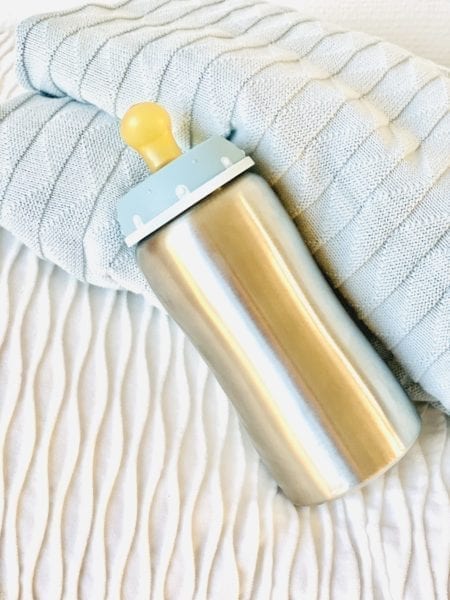
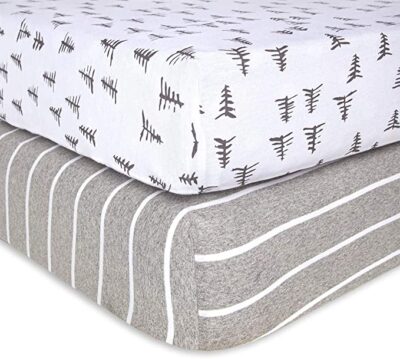
3. Choose natural fiber clothing for your baby and child
- Cloth diapering is suitable for babies and the environment. Most disposable diapers/nappies are made from petroleum-plastic-based chemicals. Most cloth diapers contain waterproof poly covers. However, they have cotton inserts and are more sustainable.
- Baby and child pajamas are often made from fleece and polyester synthetic fibers, sometimes with flame-retardant chemicals. IBuying100% cotton pajamas is best s your child spends 10-12 hours daily in them.
- Choose cotton, wool, and viscose fibers for your child’s underwear, socks, and clothing.
- Synthetic fiber clothing sheds microfibers into the waterways when you wash synthetic clothing in your washing machine. Natural fibers are non-toxic to our environment and our children. During manufacturing, chemicals and toxins enter the air and water supply and have been known to cause significant problems in villages near the textile plants.
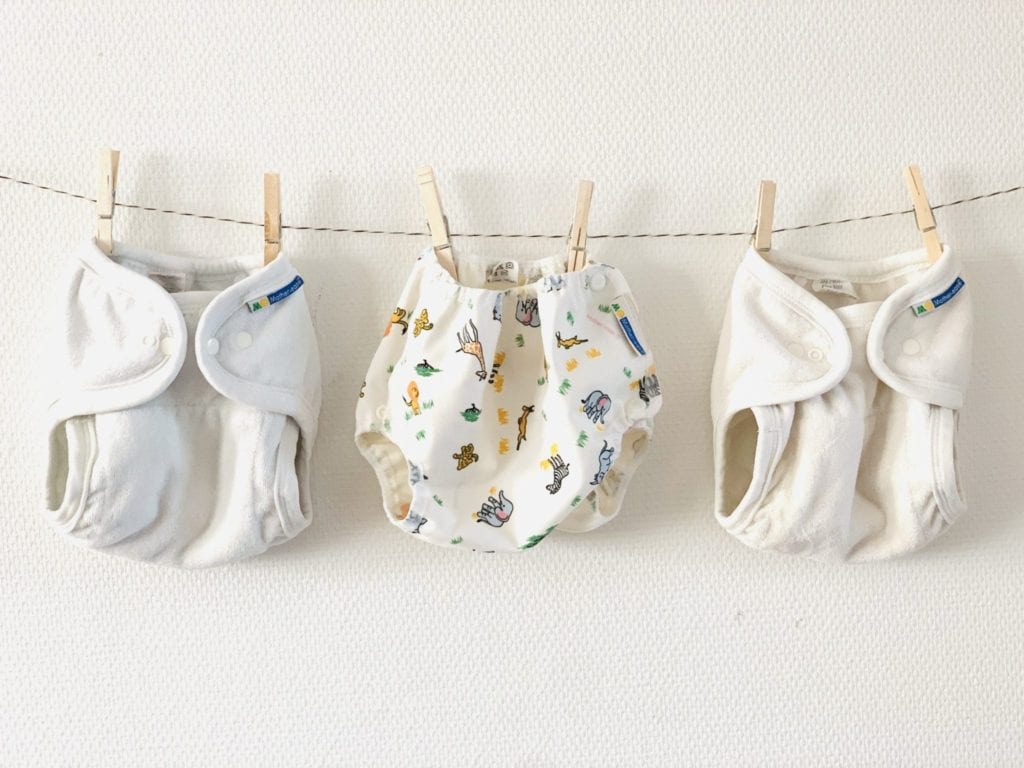
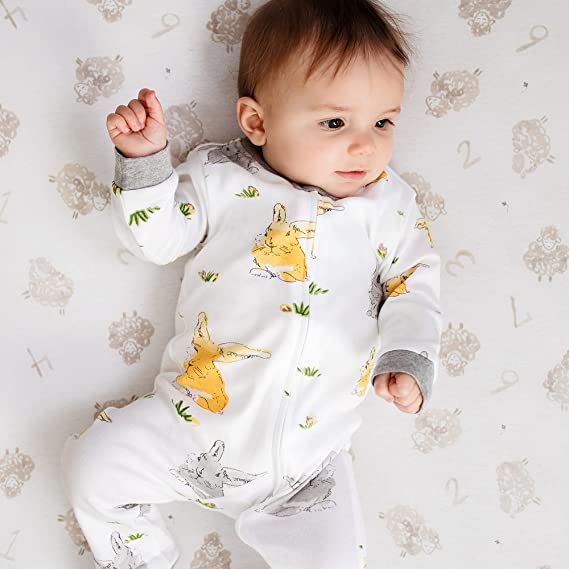
4. Choose sustainable tableware, cutlery, cups
- Choose glass or stainless steel baby bottles and natural rubber pacifiers/soothers. Avoid single-use plastic table placemats for babies and disposable bibs. Most bibs are made from synthetic fabrics, so choosing cotton is best.
- Swap plastic sippy cups with stainless steel or bamboo wood cups. Stainless steel reusable straws with stainless tumbler cups are great for kids. Bamboo wooden bowls are a great alternative to the breakable glass bowl.
- Use stainless steel bento-style and hot soup thermos reusable lunch containers for school-aged children. Also, avoid using single-use plastic baggies and individually wrapped snacks in plastic packaging. Also, consider traditional “brown bags” for sandwiches, snacks, and lunches.
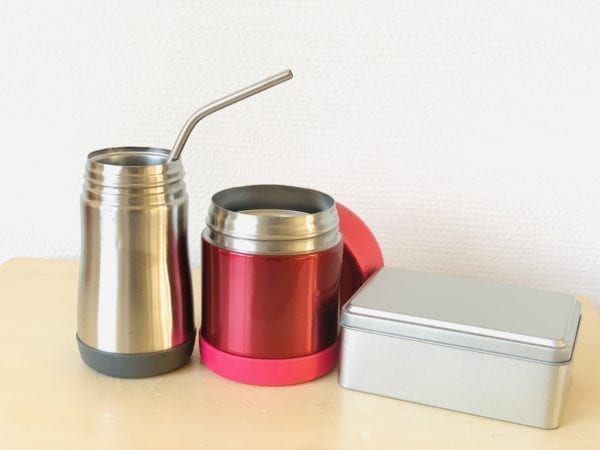
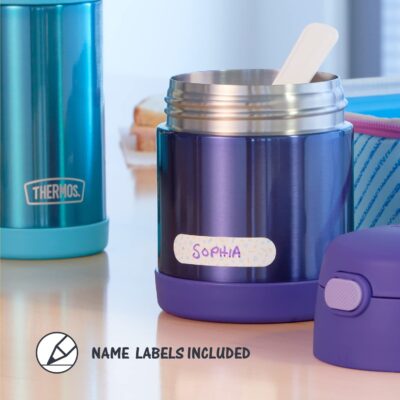
5. Avoid plastic-packaged foods at the grocery store
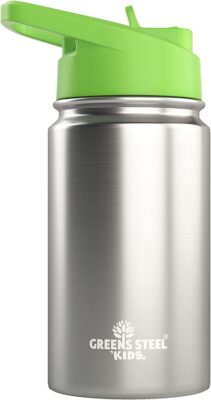
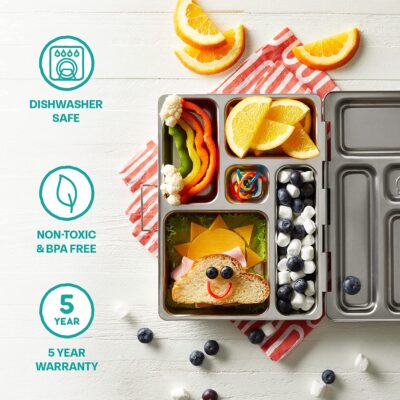
- Do not buy single-use plastic water bottles, as studies suggest that water in these bottles contains microplastics, as 80% of the plastic bottles we buy end up in landfills. It takes up to 1000 years for every single water bottle to decompose. Each bottle leaks harmful chemicals into our environment as it decomposes. Studies show that the toxins decomposing bottles of water leach into our environment and cause various health issues, including reproductive problems and cancer.
- In a new study from Harvard School of Public Health (HSPH), researchers found that participants who drank for a week from polycarbonate bottles, the famous, hard-plastic drinking bottles, and baby bottles showed a two-thirds increase in their urine of the chemical bisphenol A (BPA).
- Use a reusable stainless steel water bottle for your child outside the home.
- When shopping for groceries, always choose glass, paper, and cellophane packaging over plastic choices. It takes over 500 years for a plastic bag to degrade in a landfill. Unfortunately, the bags don’t break down completely but instead photo-degrade, becoming microplastics that absorb toxins and continue to pollute the environment.
- Buy fruits and vegetables in a loose bulk bin and do not t, note produce items.
- Purchase meats and cheeses from the deli and butcher who wrap items in paper. Avoid meats packaged in single-use plastics.
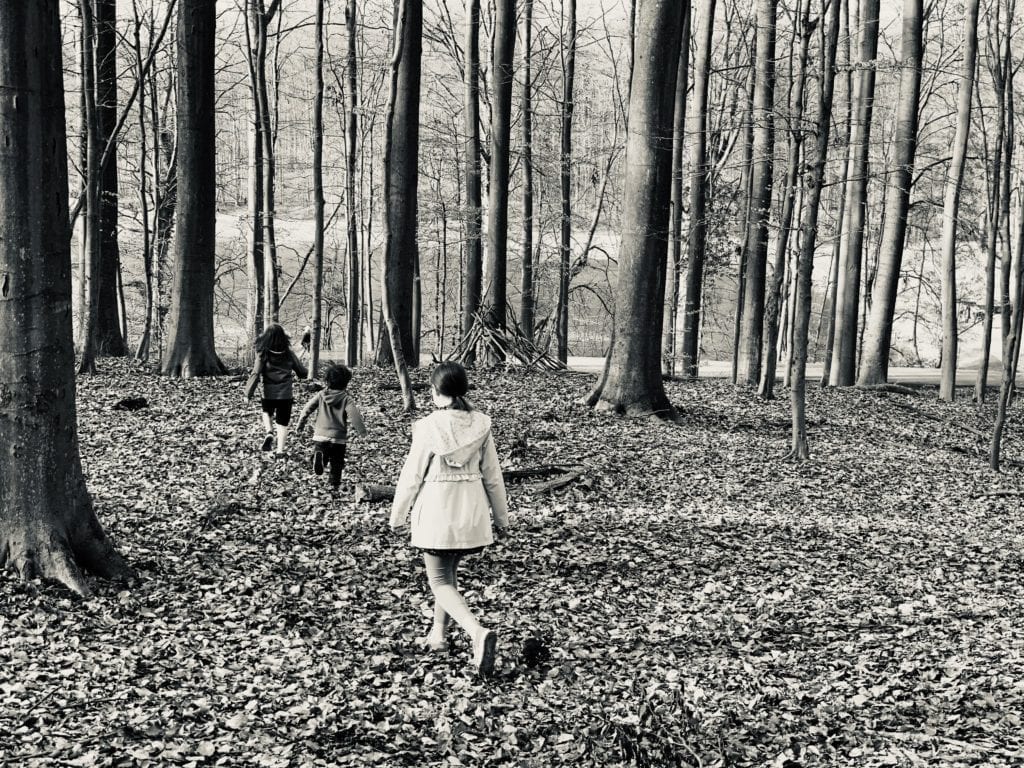
In Conclusion
In conclusion, my goal for this article was to bring awareness to the dangers of plastic and provide 5 Ways To Reduce Plastics For Your Child. As a parent of 5 children, I believe it isn’t an “all or nothing” approach to sustainability and healthy living. Any change, no matter how small, is a “win,” in my opinion. Making every change all at once can be overwhelming and may feel unachievable; however, taking small steps each day will lead you in the right sustainable direction. These small changes will be rewarding and give you pride in being a sustainably conscious parent.
Reducing the use of plastics is an essential step towards a more sustainable and eco-friendly future. Here are five ways to reduce plastics for your child:
- Use reusable containers: Pack your child’s lunch in a reusable container instead of disposable plastic bags or cling wrap. Reusable containers can be used over and over again, reducing the amount of plastic waste.
- Avoid single-use plastics: Refrain from using single-use plastics, such as straws, disposable utensils, and plastic bottles. Opt for reusable alternatives like metal or bamboo straws, stainless steel or bamboo utensils, and refillable water bottles.
- Choose wooden toys: Select wooden toys instead of plastic toys. Wooden toys are durable, long-lasting, and often biodegradable. They are also free of harmful chemicals and are a more eco-friendly alternative to plastic toys.
- Use cloth diapers: If you have an infant, use cloth diapers instead of disposable ones. Cloth diapers can be washed and reused multiple times, reducing plastic waste in landfills.
- Shop with reusable bags: Use reusable bags when grocery shopping or running. Bring your reusable shopping bags instead of plastic bags, which often end up in landfills or pollute the environment.
By adopting these simple habits, you can significantly reduce plastic waste and teach your child the importance of taking care of our planet.
Lastly, the ultimate goal as a parent is to keep our kids happy and healthy. Can plastics be healthy? You would be surprised by my article HERE. Also, continually making conscious, sustainable choices teaches our children the impact of every decision we make. Raising conscious children is a bonus that will impact generations. I hope you have enjoyed my 5 Ways To Reduce Plastics article and best of luck on your sustainable parenting journey! Christina

